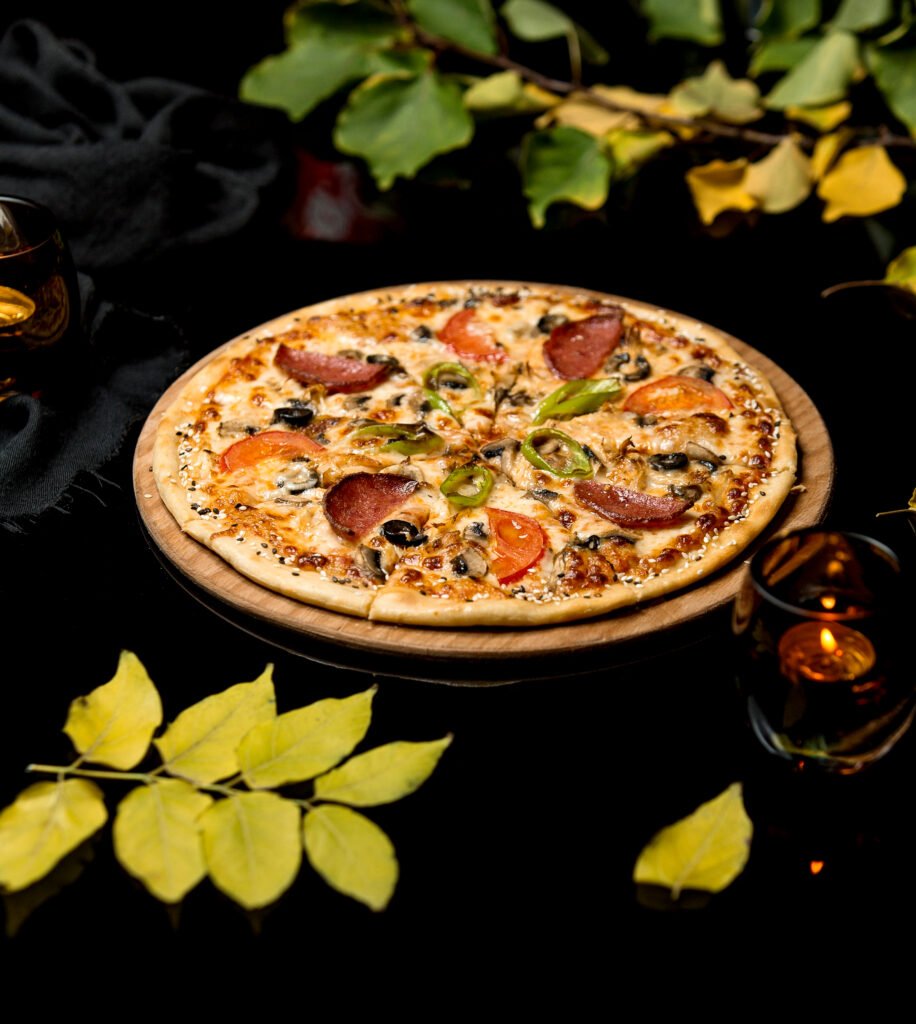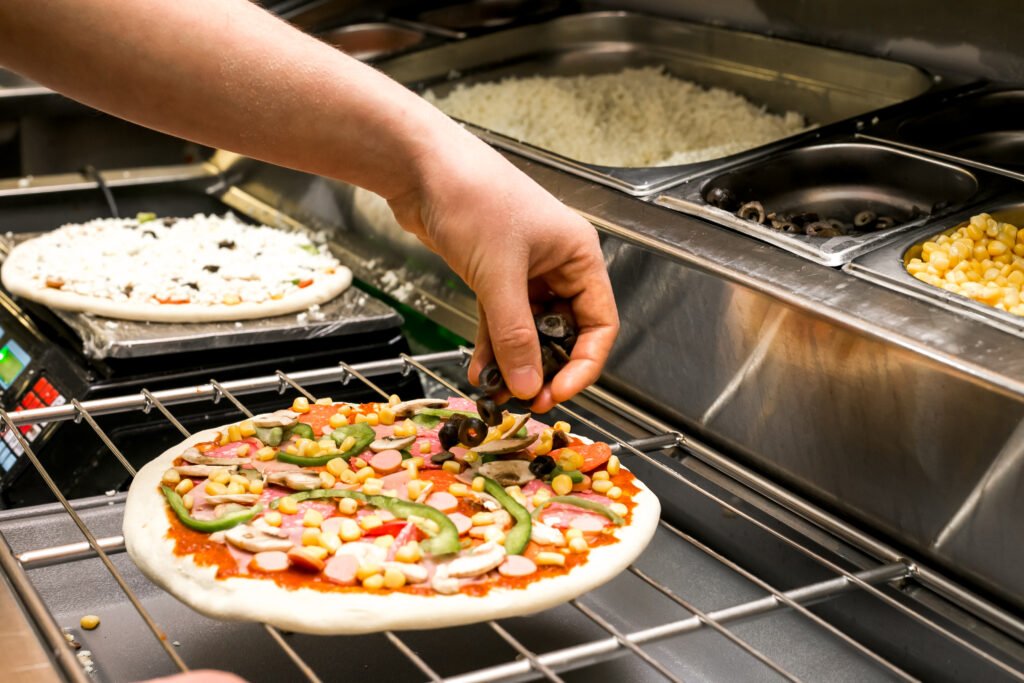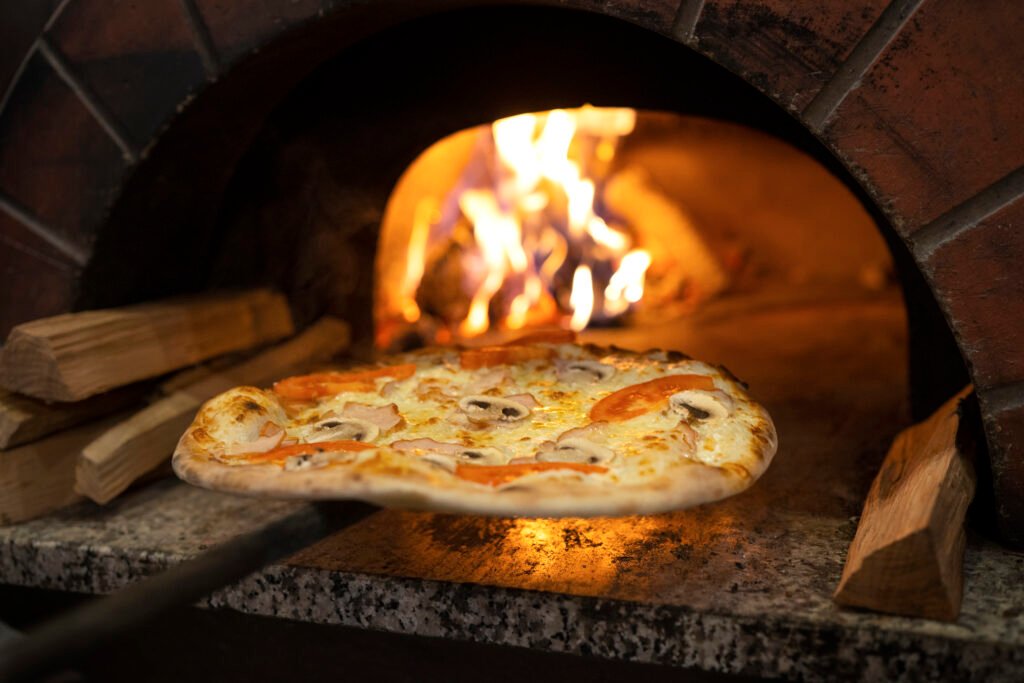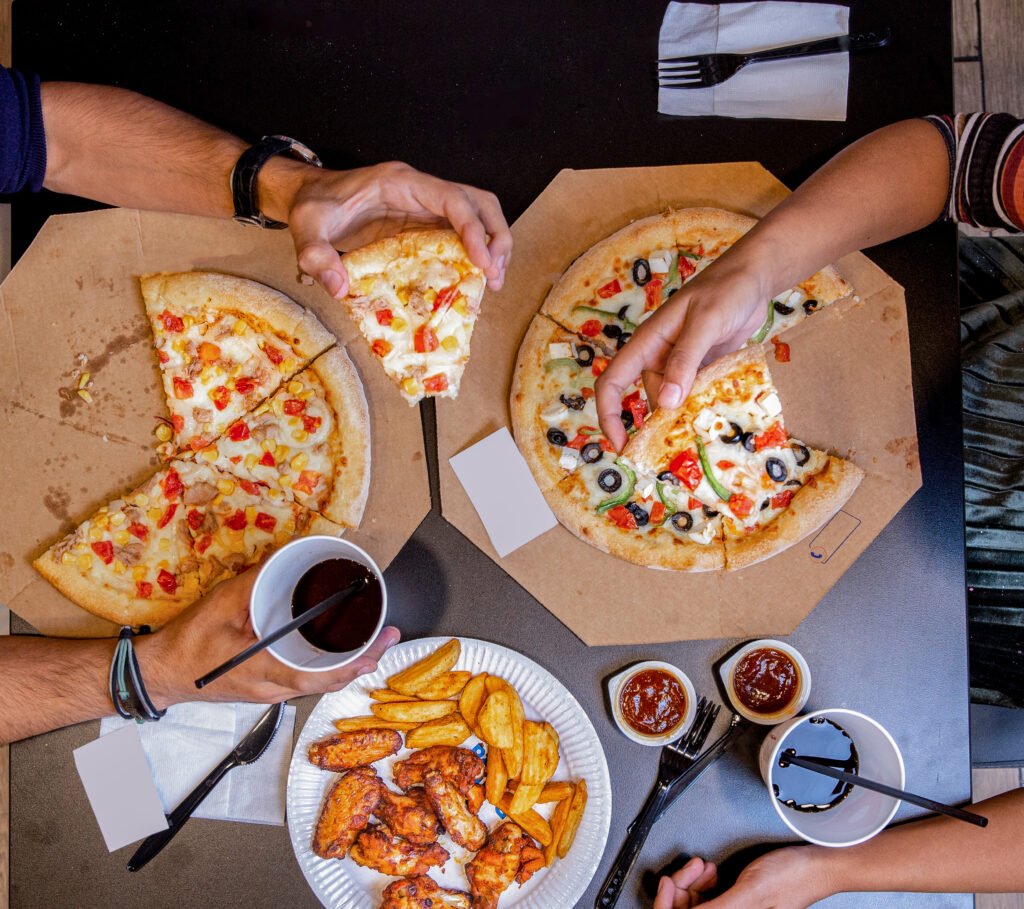
If you were looking for how to deal with bar pizza afterward, your search ends here. If you’re a pizza lover, you’ve possibly explored skinny crust, deep dish, and wood-fired pizza. But have you determined the appeal of bar pizza? This lesser-acknowledged style is a hidden gem for foodies and pizza fanatics, combining formidable flavors, crispy crusts, and a hyper-neighborhood vibe. Pizza is more than just a meal—it is a cultural activity tied to the groups wherein it’s crafted.
This blog will take you on a flavorful excursion of bar pizza, from its history and regional styles to hints for making your very own at home. Plus, we’ll devise a guide to the tremendous nearby spots to do that delicious distinctiveness. By the end, you’ll have all of the suggestions you want to enjoy (or make) the perfect bar pizza.
Table of Contents
A Brief History
Bar pizza, often called tavern pizza, originated in small bars and pubs, mainly catering to locals searching for a less costly, comforting bite with their drinks. Unlike traditional pizzerias, those pies were designed with camaraderie and late-night cravings in mind. Pairing pizza with a cold beer brought pizza into a league of its own.
What sets pizza apart historically is its size and preparation. These pizzas are typically smaller and personal-sized, meant to be shared—or enjoyed solo—without needing plates or utensils. They’re cooked until perfectly crispy, with toppings that go edge-to-edge on their ultra-thin crust. They embody the heart of local food culture and are born of practicality and community spirit.

The Best Bar Pizza Styles Across the United States
While pizza is most closely associated with the Northeast, its style and essence have spread across the U.S., creating regional spins on this beloved classic. Here are a few stand-out styles:
- South Shore bar pizza (Massachusetts)
A Massachusetts staple, South Shore pizza is known for its perfectly charred crust and greasy, cheesy goodness. Its sauce is often sweet, and toppings extend up to the edge. Hot spots like Lynwood Café in Randolph are legendary for this style.
- Midwestern Tavern-Style Pizza
In cities like St. Louis and Chicago, tavern-cooked pizza has a long way of life. It differs from Chicago’s famous deep dish in that it’s far square-cut, cracker-skinny, and crowned with tangy tomato sauce, mozzarella, and Provel cheese. A great place to try it? Vito & Nick’s Pizzeria in Chicago.
- New York
While New York pizza is typically known for its foldable slices, some bars specialize in their take on pizza. With a thin crust lighter than South Shore but crispier than a traditional New York slice, this style balances classic pizza flavors with a smaller, pub-friendly size.
- California’s Creative Fusion
Out west, bar pizza boasts a flair for bold, unconventional toppings. Think roasted vegetables, white sauces, and even vegan options. Los Angeles spots like Pizzanista! take the pizza concept to new levels with playful, innovative twists.

What Makes Bar Pizza Different from Traditional Pizzerias?
Pizza stands out for a variety of reasons:
- Size & Shape: Bar pizzas are generally smaller and served piping hot, making them perfect for solo diners or small groups.
- Crispy Crust: A hallmark of bar pizza is the cracker-thin crust, baked to a satisfying crunch in well-seasoned pans.
- Edge-to-Edge Toppings: Say goodbye to crust “leftovers”—bar pizzas feature toppings and cheese spread generously across the entire pie.
- Local Flavors: Unlike chain pizzerias, bar pizzas emphasize local ingredients and reflect the community’s unique character.
- Casual Vibes: Eating bar pizza is about enjoying good company, great beer, and unpretentious food.
Tips for Making Your Pizza at Home
Want to bring the bar pizza experience to your kitchen? Follow these easy steps for crispy, crave-worthy results:

1. Choose the Right Dough
The dough for a bar pizza needs to be very skinny and robust enough to support the toppings. You may create your pizza dough or use keep-offered. Roll it as thin as possible, ensuring no raised edges.
2. Season Your Pan
The perfect pizza is cooked in a well-oiled steel or cast iron pan. That creates the signature crispy crust. Before spreading the dough, coat your pan with a generous layer of oil.
3. Use Edge-to-Edge Toppings
Don’t skimp on toppings! Spread your sauce, cheese, and chosen components all of the manner to the edge of the dough. This maximizes flavor in every bite.
4. Go Heavy on Cheese
Bar pizzas are known for their abundance of gooey cheese. Mix shredded mozzarella with cheddar or provolone for a unique twist.

5. Cook it Hot
Set your oven to the best temperature (450–500°F) for a crispy crust. Cook the pizza until the rims are golden-brown and the cheese bubbles.
6. Experiment with Toppings
While classics like pepperoni and sausage are usually successful, feel loose to get creative with items like jalapeños, pineapple, or even dollops of ricotta.
Spotlight on Local Pizza Joints
Here are a few must-visit pizza spots for your foodie bucket list:
- Lynwood Café (Massachusetts): A legend for South Shore bar pizza.
- Vito & Nick’s (Chicago): A classic stop for cracker-thin tavern-style squares.
- Colony Grill (Connecticut): Famous for its spicy “hot oil” topping.
- Pizzanista! (Los Angeles): California-style creative bar pizzas with vegan options.
Looking for more bar pizza recommendations? Search for neighborhood pubs for your town—you may stumble on a hidden gem.

Questions and Answers
What is the distinction between bar pizza and ordinary pizza?
Bar pizza is smaller, thinner, and functions toppings spread area-to-aspect. It’s also typically crispier and designed for casual dining in a bar setting.
Can I make bar pizza without a steel pan?
Yes! A cast iron skillet or a non-stick pizza pan will work, too. Just be sure to grease it generously for that signature crust.
What are the best toppings for bar pizza?
Classic toppings like pepperoni, sausage, and mushrooms work well. You can also experiment with creative options like fig jam, arugula, or hot honey.

Conclusion
Bar pizza is more than a meal—it’s a connection to neighborhood flavor, network, and tradition. Whether enjoying a chilly beer in a community pub, discovering a hidden gem, or attempting to make your own at home, pizza invites you to savor simplicity and authenticity.
Why do we not celebrate this particular culinary lifestyle these days? Visit a neighborhood bar pizza joint, share your recipe online, or host a pizza night with friends. Whatever you pick, don’t neglect to experience every crispy, cheesy bite.
